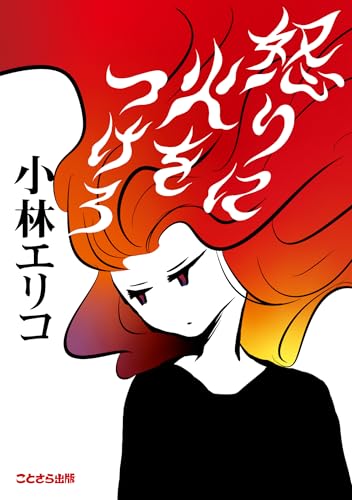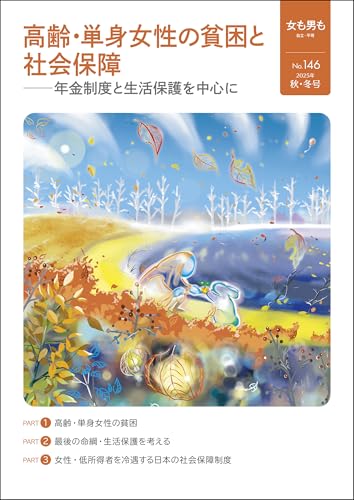
Figure 1: Song's Weibo post, 2021
In March 2021, a Chinese TV series called Brilliant Girls debuted, and the promotion of the show by its lead actress, Yi Song, caused quite a stir. She posted a series of photos of herself in the show on Weibo, a Chinese microblogging website, with the caption “easy-to-get-married style outfit", and the promotional copy highlighted the phrase "easy-to-get-married style" (Figure 1). “Easy-to-get-married style” has sparked heated discussion online after social media users accused it of promoting the wrong idea that the purpose of women’s dressing is to please men. The concept of 好嫁风 (Hao Jia Feng: easy-to-get-married style) refers to women's clothing that is popular with males which creates an image of a sweet and obedient wife. While this style is often referred to as stereotyping and devaluing women, social media is still full of posts and blogs using the "easy-to-get-married style" as a hashtag or keyword. The easy-to-get-married style is not only a popular dressing style, but it also reflects the characteristics of the times that textile products of femininity are presented in the form of internalization in the process of globalization of contemporary Chinese society.

Figure 2: CanCam January 2022 issue cover
The easy-to-get-married style in China is rooted in “モテ系 (Mote-kei style)”, a Japanese fashion trend that shows female attraction. This style pays attention to femininity, reflecting the sweetness and innocence of women more than sex appeal. Mote-kei style embodies a clear goal of the wearer to capture or keep the people they date and marry. In the early 21st century, it was common for Japanese women to take on the role of housewife after marriage, and marrying a man with good economic conditions is the preference of most women. As Japan's class ladder has narrowed this century, and men's chances of moving into the upper-middle class have dwindled sharply, women have become more desperate to attract the man they want to marry. Keenly aware of the current state of Japanese society, a Japanese fashion magazine called CanCam has achieved great success by using Mote-kei, the fashion style that appeals to men, as its base. As seen in Figure 2, women on the cover of CanCam magazine would often be shown wearing soft and concealing clothing and posing in a feminine and innocent way. Besides CanCam, Ray is another famous Mote-kei magazine for Japanese women in their teens and early 20s.

Figure 3: Satomi Ishihara in Shitsuren Chocolatier, 2014
The world is more closely connected due to the development of globalization, and through this, Japanese fashion culture has influenced China. In 2001 and 2004, Japanese fashion magazines Vivi and Mina launched their Chinese editions respectively, and Japanese styles became a fashion craze pursued by young Chinese women. The Mote-kei style became popular among Chinese girls, and the easy-to-get-married style became the distinctive name of the style in China. Apart from magazines, Japanese movies and TV works have spread to China, and the female clothing style in Japanese dramas has become the target for many Chinese women. In 2014, the Japanese romantic drama 失恋ショコラティエ (Shitsuren Chocolatier) became a hit in China. The look of the Japanese actress, Satomi Ishihara, who is the main female character in the show, has become a synonym for easy-to-get-married style. As can be seen in Figure 3, Ishiharas wardrobe includes furs and soft-colored coats. As well, her jewelry, if any, would be used to signify her elegance and grace.
The popularity of the easy-to-get-married style in China cannot be separated from the support of traditional Chinese gender concepts. Although gender equality has become a hot topic in Chinese society recently, the idea that men are superior to women is still prevalent in China, and some women still maintain the wrong idea “干得好不如嫁得好 (marrying well is better than working well)”. Easy-to-get-married style pushing these ideologies allows for the continuation of a division of family and work labor between women and men. Apart from the fact that globalization has accelerated the interaction among different cultures, the popularity of the Japanese Mote-kei style in China can be attributed to the cultural similarities between the two East Asian countries. Due to their geographical proximity, China and Japan have had close historical contact, and the gender concepts of these two countries are both deeply influenced by the perspective “夫为妻纲 (The husband is the wife’s law)” in Confucianism. However, it is worth noting that the easy-to-get-married style is now shifting in the other direction. Many women on social media regard the easy-to-get-married style as a dressing style that is appropriate for meeting the parents of their boyfriends or husbands. In other words, it is no longer men, but men's parents whom the easy-to-get-married style pleases. This shift shows that younger generations of Chinese people are becoming more aware of gender equality, and out of respect for their elders, women will choose to meet their partner’s family in a style that fits their elders' aesthetics to make a good impression.
In addition, the name “easy-to-get-married style” has given the style a negative connotation. For girls who truly love this style and not for other purposes, this may be a kind of unfair bullying. Fashion, in its essence, is about self-expression, and the only person who knows the true intention of an outfit is the one wearing it.
******************************
Text Credits
Marx, W. David. “The Rising Tides of Fashion Populism.” J@pan Inc., no. 74, Japan Inc. Communications, 2007, p. 54–56.
Nemoto, Kumiko. "Postponed marriage: Exploring women's views of matrimony and work in Japan." Gender & Society, vol. 22, no. 2, 2008, pp. 219-237.
Parker, Rozsika. “The Creation of Femininity.” The subversive stitch: Embroidery and the making of the feminine, 1984, pp. 1-16.
Zuo, Xiayun, et al. "Gender differences in adolescent premarital sexual permissiveness in three Asian cities: effects of gender-role attitudes." Journal of Adolescent Health, vol. 50, no. 3, 2012, pp. 518-525.
Image Credits
Figure 1: 《爱的理想生活》开播宣传惹争议!宋轶为发好嫁风造型道歉. 搜狐. 2 March 2021. https://www.sohu.com/a/453497276_100003513.
Figure 2: CanCam2022年1月号. CanCam.jp. 22 November 2021. https://cancam.jp/cancam202201.
Figure 3: Li, Hongrui. “'Easy to get married' style: Trendy or tacky?” China Daily. 7 March 2018.
https://www.chinadaily.com.cn/a/201803/07/WS5a9f3876a3106e7dcc140030_2.html.
 慰安婦
慰安婦 貧困・福祉
貧困・福祉 DV・性暴力・ハラスメント
DV・性暴力・ハラスメント 非婚・結婚・離婚
非婚・結婚・離婚 セクシュアリティ
セクシュアリティ くらし・生活
くらし・生活 身体・健康
身体・健康 リプロ・ヘルス
リプロ・ヘルス 脱原発
脱原発 女性政策
女性政策 憲法・平和
憲法・平和 高齢社会
高齢社会 子育て・教育
子育て・教育 性表現
性表現 LGBT
LGBT 最終講義
最終講義 博士論文
博士論文 研究助成・公募
研究助成・公募 アート情報
アート情報 女性運動・グループ
女性運動・グループ フェミニストカウンセリング
フェミニストカウンセリング 弁護士
弁護士 女性センター
女性センター セレクトニュース
セレクトニュース マスコミが騒がないニュース
マスコミが騒がないニュース 女の本屋
女の本屋 ブックトーク
ブックトーク シネマラウンジ
シネマラウンジ ミニコミ図書館
ミニコミ図書館 エッセイ
エッセイ WAN基金
WAN基金 お助け情報
お助け情報 WANマーケット
WANマーケット 女と政治をつなぐ
女と政治をつなぐ Worldwide WAN
Worldwide WAN わいわいWAN
わいわいWAN 女性学講座
女性学講座 上野研究室
上野研究室 原発ゼロの道
原発ゼロの道 動画
動画


![[広告]広告募集中](https://wan.or.jp/assets/front/img/side_ads-call.png)












